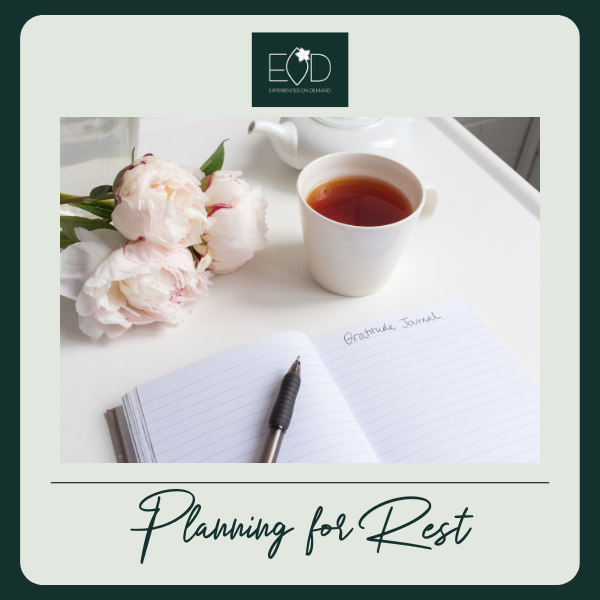Planning For Rest
For many of those who know me well, you know how much I cherish and love this time of year because of the many holiday traditions that my family and I celebrate. For the majority of my academic and professional life, I’ve always had some iteration of a winter break. It’s one of the many things I enjoyed about being a student, an elementary school teacher, and working at an educational nonprofit organization. As I’ve gotten older and especially now that I’m a parent, this time off during the holidays has become more meaningful and special to me. Now as a full-time business owner, I’ve intentionally made the decision to carry on the “winter break” tradition of fully shutting down work the last two weeks of the year as part of EOD’s annual Winter Restoration Break.
How it started
Last year after returning to work from a short two-month maternity leave, I made a commitment to myself, my family and my team that we will continue to center and prioritize wellness. As a result of this commitment, two critical things happened at EOD:
Wellness became a core guiding principle to how we work with our clients as well as how we operate internally as a business.
We piloted EOD’s Winter Restoration Break where our offices will close for the last two weeks of December and we’d resume our work at the start of the new year.
How its going
Since EOD’s start as an experience curation company, wellness was always centered in our work. However this past year, we made the intention to explicitly call this out in every aspect of our work. From working closely with our clients and encouraging them to audit how wellness was showing up in their programs and events, to coordinating internally with our team to ensure that personal travel, commitments, and family time remained a priority.
As an organization, we made the decision to make our Winter Restoration Break an annual event on our calendar where we commit to fully sign off from our work and take the time to rest, restore, and rejuvenate. This means no client meetings, emails, Slack updates, etc. during this time.
EOD’s Winter Restoration Break gives space for our team to enjoy holiday traditions, rest, and truly disconnect from the hustle and bustle of our event curation world. As a result, our team is able to kick off the new year with renewed energy, creativity, and zest for the work we love doing alongside our clients.
With wellness as a core value, we are excited to share what this looks like at our organization in hopes that it might inspire others to carve out the time to restore and to plan for rest.
Curious to know what planning for a restoration break looks like for us at EOD?
5 Tips for Planning a Restorative Winter Holiday Break
While every organization is different, here are five simple strategies we use at EOD to plan for a successful Winter Restoration Break.
Calendar Ahead
As a team, look at calendars together in a live meeting to put the events, work blocks, and meetings after the break into the calendar in a logical and doable sequence. We then do the same with our clients, calendaring out planning calls up until the break and continuing after the break so that we all know when we’ll handle which projects and tasks.
Communicate Proactively
As an organization, we communicate our Winter Restoration Break with all of our clients well ahead of time. With 4-5 months of lead time, our clients know this time is coming and can also plan their work accordingly so that no momentum is lost throughout the various work flows related to their event.
Make Effective Decisions
As much as we’d love it when our original plans work out, we know life happens and so naturally, we plan for various scenarios to ensure that no matter what happens, the show will go on. One way we do this is to make critical decisions in advance and align on protocols to ensure that no work streams will be impacted should our Scenario A plan fall through.
Say No
Sometimes saying yes to a Winter Restoration Break means saying no to great business and partnership opportunities. We make workload decisions in advance to prioritize the break, and we say no to even the most tempting opportunities to do the work we love.
Lead by Example
Shutting down can be especially tough for leaders and executives, but it’s even more important to lead by example and truly rest. This practice affirms the permission to rest for the whole team.

